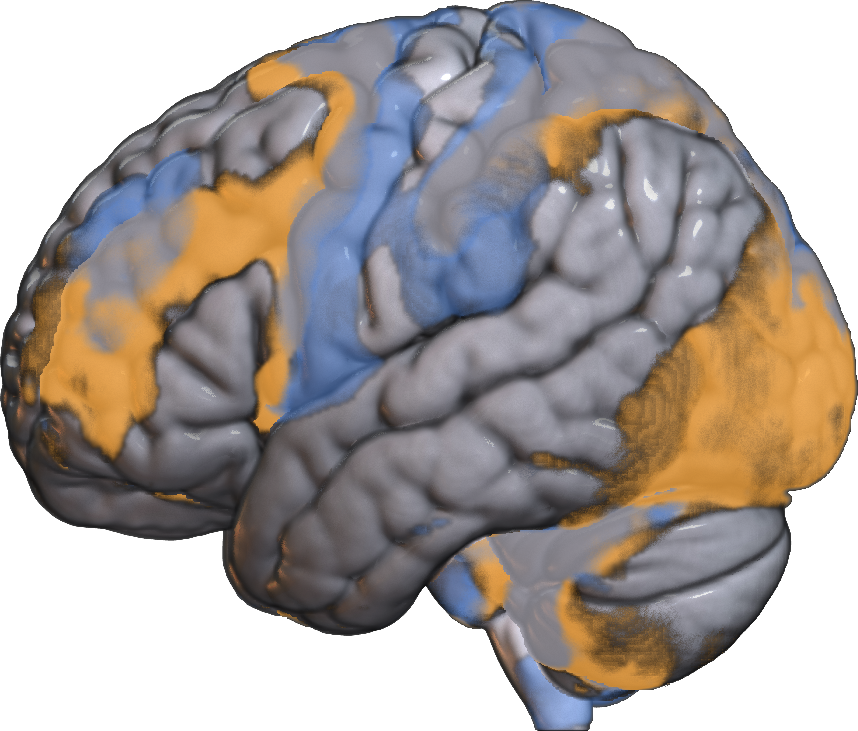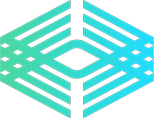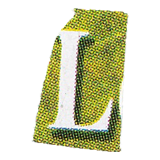projects
These are the projects I am currently associated with. I am so thankful for my coworkers, friends, and mentors that help make these projects into a reality.

Shared neural resources between processing of dynamic physical objects and spatial working memory
Samuel Maione & Shari Liu
Prior literature identifies regions of the human frontal and parietal cortex that respond during tasks of physical reasoning, as well as other tasks demanding attentional control, including in individual participants. This leaves open the question whether the neural substrates for domain general attentional demand support physical reasoning, whether the neural substrates for physical reasoning support attentional control, or both. Here, we analyzed an open fMRI dataset in which 28 human adults (i) made physical judgements about dynamic videos of inanimate objects and a closely matched social condition featuring animate agents, and (ii) performed a relatively difficult vs easy spatial working memory task. Using a subject-specific functional region of interest (fROI) approach, we found an asymmetry between responses of fROIs maximally engaged by demanding spatial working memory, which responded equally to social and physical processing, and fROIs maximally engaged by physical processing, which responded more to difficult than easy spatial working memory. Furthermore, univariate activity in fROIs engaged during physical processing predicted individual subjects’ performance on the spatial working memory task. Together, these results suggest a relationship between the frontoparietal cortex engaged during physical reasoning and either visuospatial processing in particular, or attentionally demanding tasks in general.

Assessment of a Novel Patient Reported Outcome Measure for Visual Snow Syndrome: The Colorado Visual Snow Survey 2.0
Samuel Maione, Victoria Pelak, Peter Gerhardstein
Visual snow syndrome (VSS) is a condition in which people experience a continuous overlay of small dots atop their entire visual field. As a newly recognized condition, there is a gap in patient reported outcome measures (PROMs) that target VSS symptom impact. We sought to assess the Colorado Visual Snow Survey 2.0 (CVSS) as a possible PROM for VSS. In a convenience sample of undergraduate students and people with VSS recruited through the Visual Snow Initiative (N = 144), we found the CVSS (1) strongly differentiated people with VSS from healthy controls, (2) demonstrated high internal consistency, and (3) aside from visual static, the degree of night vision impairment, blue field entoptic phenomenon, and afterimages, and tinnitus (in that order) best predicted group membership. Overall, CVSS is a promising PROM that warrants further validation. This project was funded by the Visual Snow Initiative and the Eye on Vision Foundation.

letters
Samuel Maione & Emily Sierzant
My partner, Emily, and I created letters, a grassroots community that organizes a biannual self-titled zine featuring a collection of political essays, commentary, and creative works written by the public, for the public. Born out of the frustration in the ripples of the 2025 ICE raids, our goal is to empower everyday people into taking political stances. We also run an informal information network to keep one another informed.
[Website]

Cignal
Samuel Maione & Sawyer Daniels
Cignal is the project my best friend, Sawyer, and I created to try and learn new programming skills while doing something we deemed as meaningful. The app is not complete yet, but it currently uses the US Congress's API to pull bills and scrape the text before feeding that to an Ollama model LLM (currently using Mistral 7B, probably will change). Some bills can literally be thousands of pages, so we feel using a LLM to summarize the bill is a worthwhile use of AI. However, we are mindful of the impact large computation centers (like the ones that host GPT5 API) can have on the environment, which is why we chose to use to Ollama models instead. These models can run on local computational resources, like ones own GPU (provided you have a compatible GPU). The app is currently based in Python, but it might be rewritten in Javascript in the future. Repo linked but currently private.
[Repo]